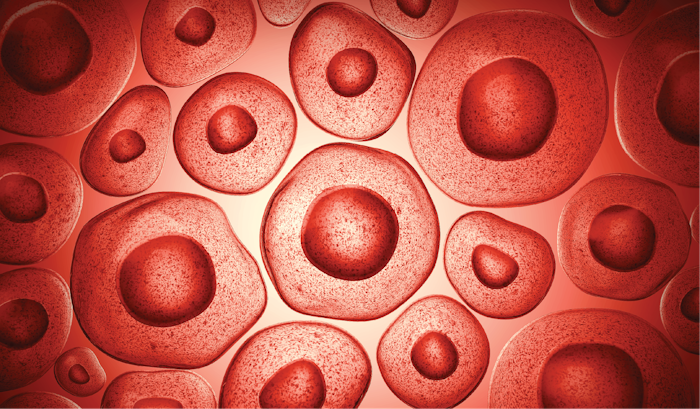
About this
Project
Choroid plexus tumors (CPT) are rare tumors. Around 80% of choroid plexus carcinoma (CPC) arise in children and account for 10-15% of all CPTs. Clinically, this group of tumors tends to cause hydrocephalus and increased intracranial pressure. Surgical removal is considered to be the most effective treatment for CPCs and chemotherapy contributes to long-term survival, but it cannot prevent recurrence of tumors. Current data supports the use of combined chemoradiation for treatment of CPCs, but the total amount of necessary treatment and the order in which they should be administered is still controversial. Due to their rarity, reports on CPC most often focus on single cases or single-institution experiences with a limited number of patients. The goals of this project are to establish CPT cell lines from frozen patient CPC tissue obtained from the Children’s Brain Tumor Network. Researchers will perform molecular characterization of these cultured cell lines and to conduct drug screening. Additional experimental manipulation will be carried out in the hopes of designing effective therapies for CPTs and particularly CPCs.
Ask The
Scientists
What are the goals of this project?
The goals of this project are to establish CPT cell lines and perform drug testing that will allow researchers to further investigate treatment opportunities for this tumor type.
What is the impact of this project?
Currently available treatment for CPTs, and particularly CPCs, is limited. This research will allow for advancements in CPT treatment protocol.
Why is the CBTN request important to this project?
Samples that can be used to develop cell lines for CPTs are particularly hard to come by, making the samples from the Children’s Brain Tumor Network integral to this work.
Specimen Data
The Children's Brain Tumor Network contributed to this project by providing a cell line.